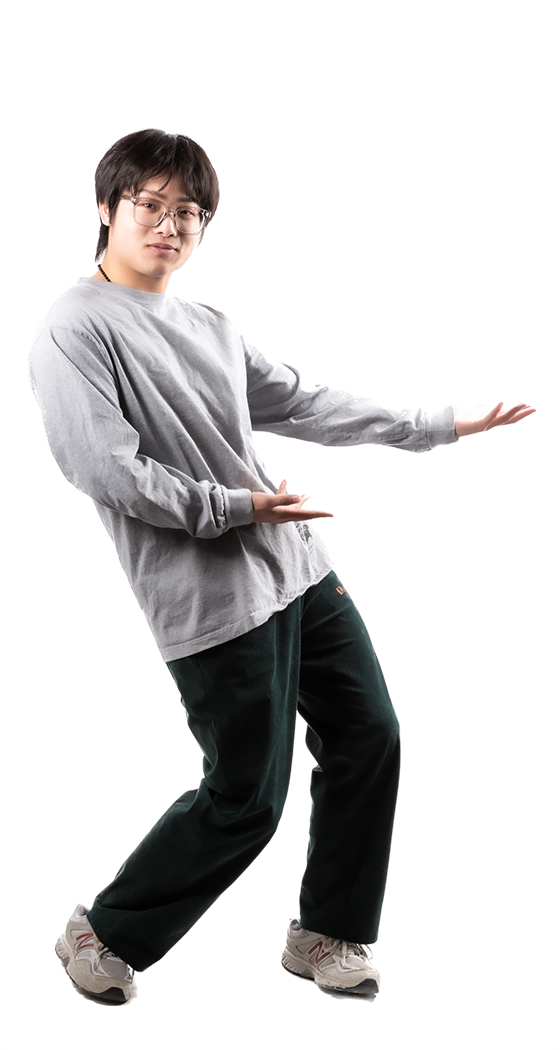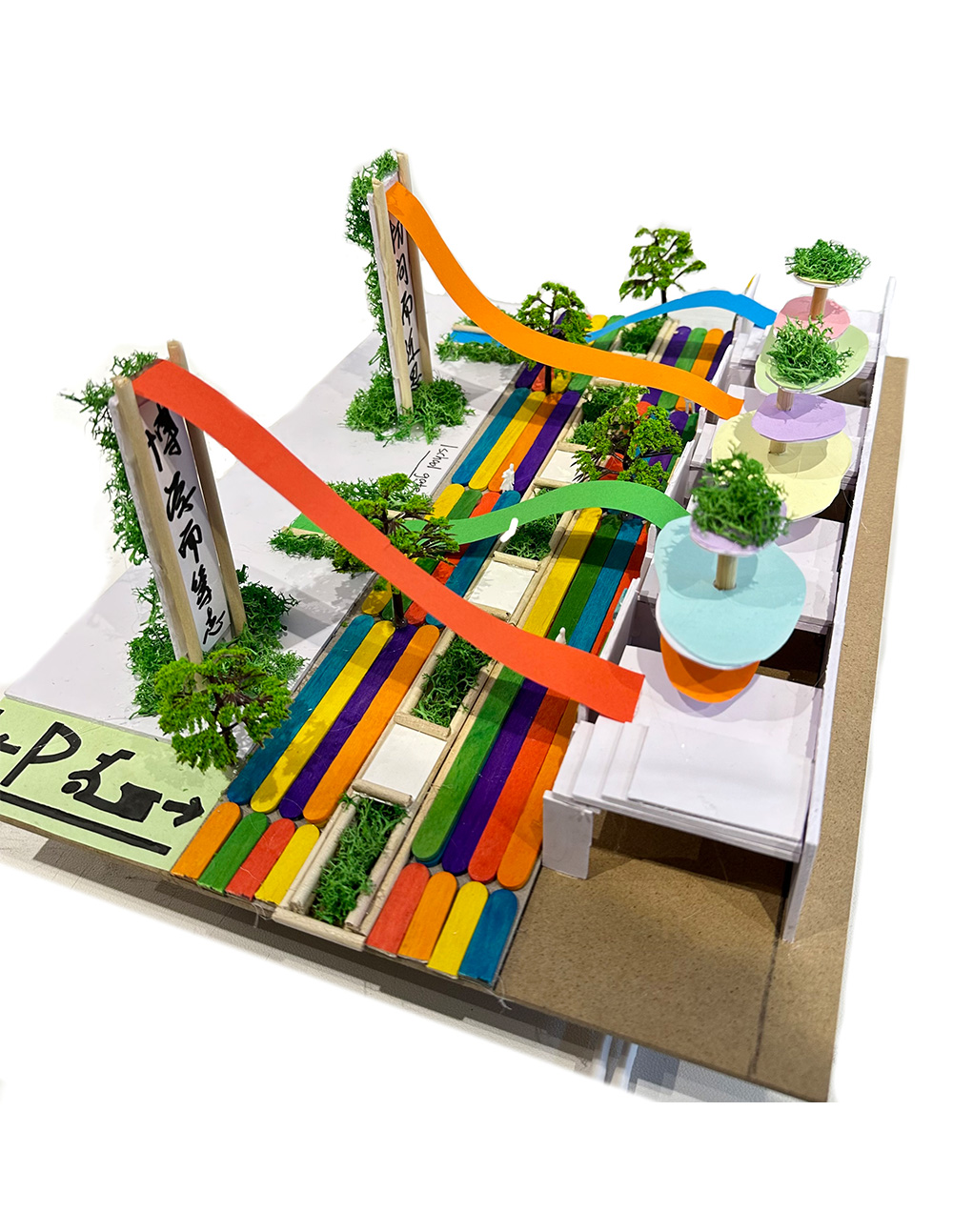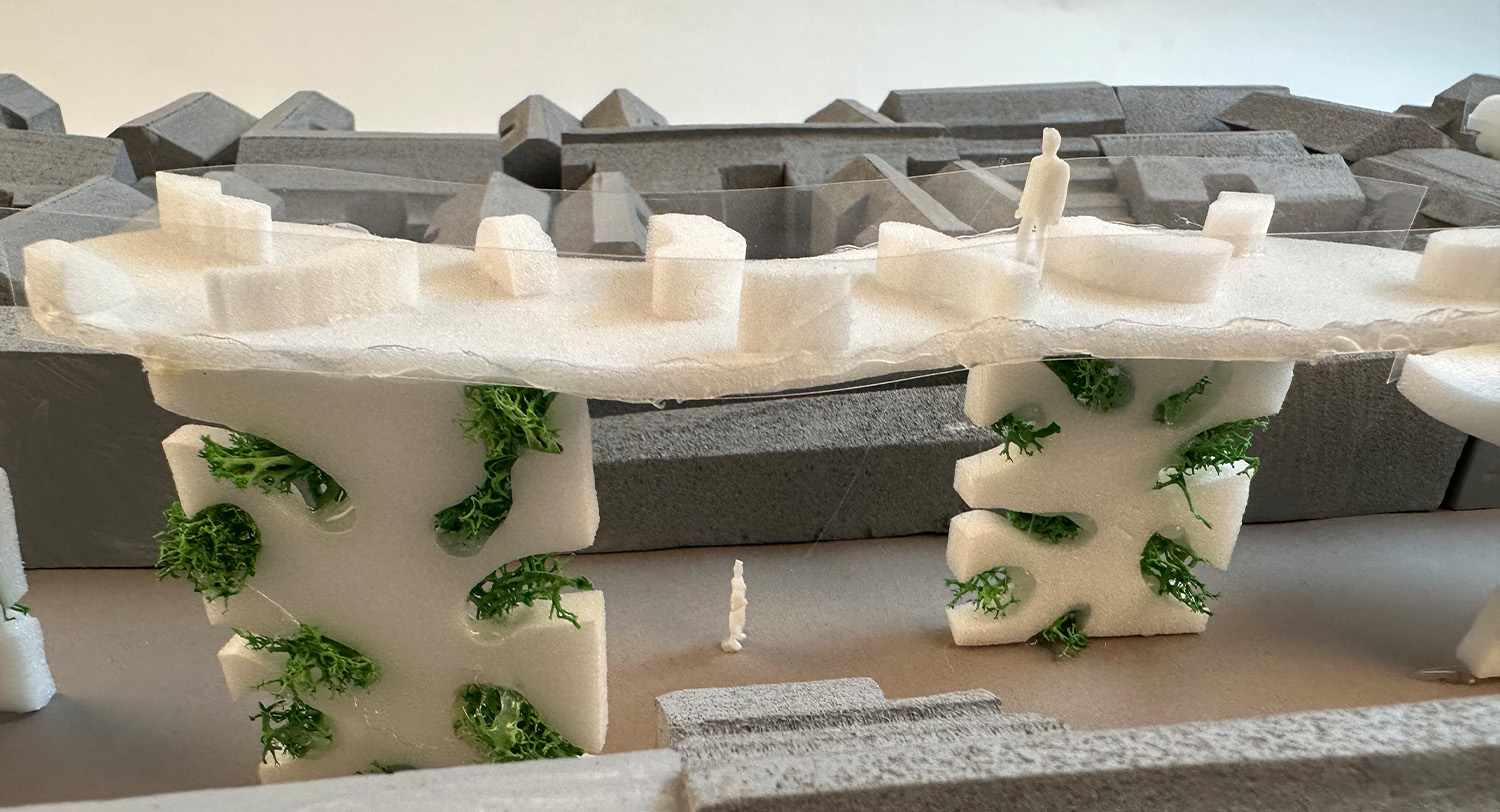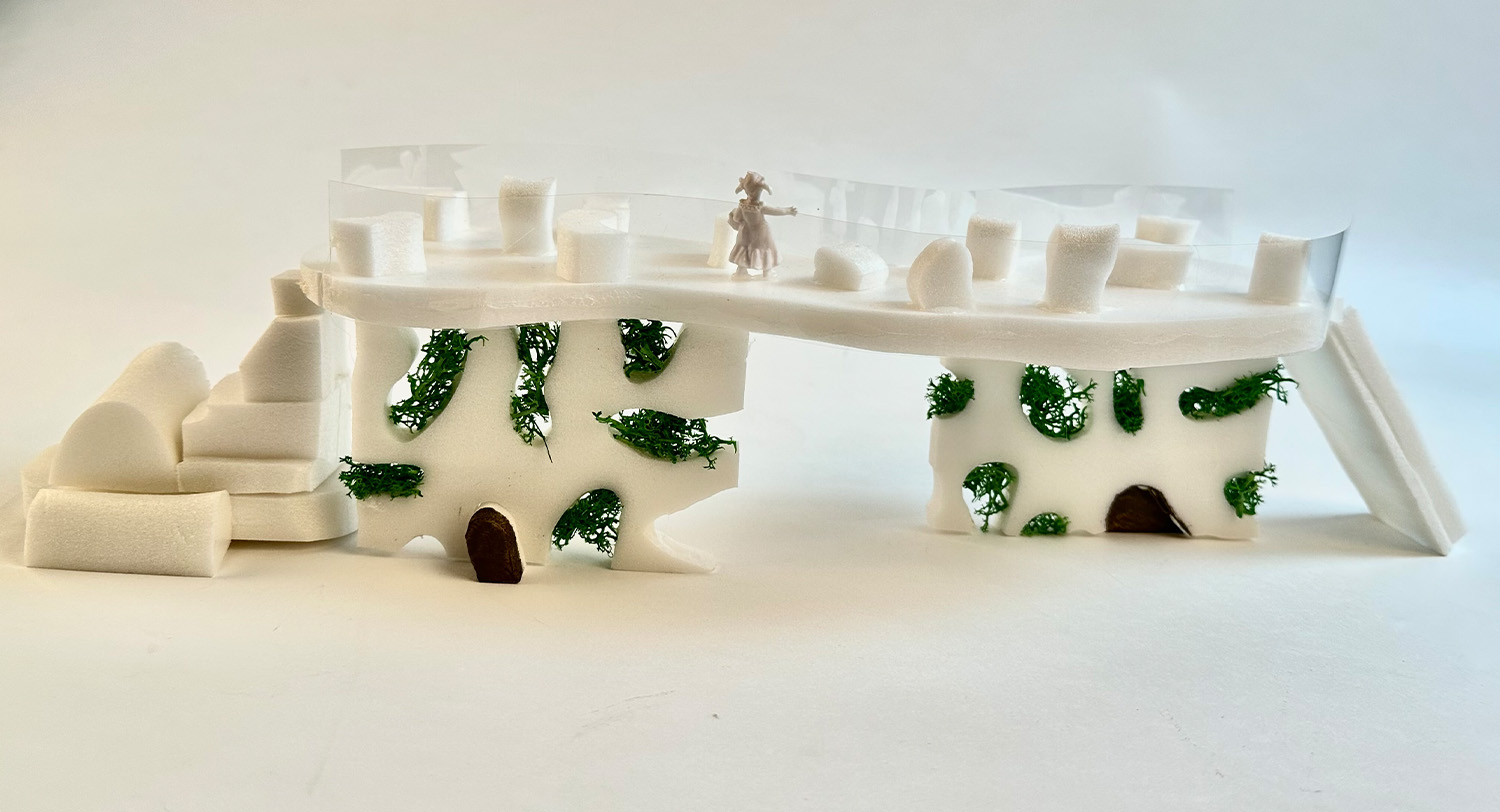作品故事
我的设计起源于毕加索的名言“每个孩子都是艺术家,问题是我们长大后如何保持艺术家的身份”。我试图想象如果孩子们也参与到城市的设计中来,城市会变成什么样。如何像孩子一样,在没有限制和先前知识的情况下思考,这是非常具有挑战性的。因为尽管我还很年轻,但好像已经失去了那种新鲜而疯狂的思考和创造事物的方式,并且对别人的观点感到压力,容易在创作过程中陷入困境。
于是,我让幼儿园的一些孩子帮助我画一些代表城市的图像作为参考。他们的图纸很难转化为设计,因为每个都不相同,但我从他们的图纸中提取了几个共同的想法;第一,我的项目应该丰富多彩; 第二,形状应该稍微不规则,因为他们不会去刻意画直线而是很自然的画出自己的想法,第三,可能是好玩的,第四,可能考虑回收材料。
最终,我选择了这个城市最古老的部分。北京市中心的胡同是很非正式的定居点,狭窄的街道和悠久的历史,居住着许多老人,在我的理解中,这是一个有趣而安全的地方。
我尝试把自己以孩子的方式带入方家胡同,用受孩子们启发的几条规则,建立了几个不同尺度的物理模型,设计了一个色彩丰富、不规则、材料回收建造的公共空间。我把这个项目分为蚂蚁农场(支撑),蠕虫(桥梁)和街区(楼梯)。
When we had to define the question for our final exercise related to our future discipline, in my case design, I thought about the famous sentence from Picasso “every kid is an Artist, the problem is how to remain an Artist once we grow up”. Then I thought how the cities would be if kids would be involved in the design of it. Initially I questions myself how I can think as a kid, without restrictions and previous knowledge and it was very challenging because despite I am still quite young somehow I have the impression that I lost that fresh and crazy way of thinking and creating things, I feel stress about other people’s opinion and then I get stacked in my creative process.
Then, I asked some kids in a kindergarten to help me by drawing by themselves some images that represent cities as reference. Their drawings were difficult to transfer to design as each one was different, but I extracted several common ideas from their drawings: 1-my project should colorful; 2-the forms should be slightly irregular, as they don't draw straight lines, they draw their own ideas naturally;3-probably be playful and 4-perhaps consider re-cycling materials.
Then I selected the oldest part of the city, the Hutongs in central Beijing are very informal settlements, with narrow streets and long history with many old people living in there and in my way of understanding they are kind of playful while safe areas.
I tried to bring the kids approach to Fangjia Hutong by building several physical models, in different scales, using the rules I set from kids to design a public space colorful, irregular and recycling materials. I divide the project into Ant-Farms (Supports), The Worms (bridges) and the Blocks (Stairs).












